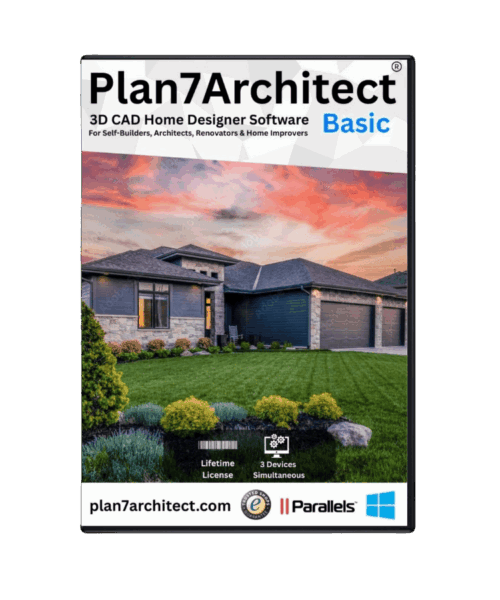Is It Worth Insulating an Old House?
In most cases, insulating an old house is absolutely worth it, but it depends on several factors such as the condition of the building, the climate you live in, and your budget. Proper insulation can significantly reduce heating and cooling costs, improve comfort, and increase the home’s value. However, old houses have unique challenges that make insulation more complex compared to modern homes.

Key Benefits of Insulating an Old House:
- Lower Energy Bills: Proper insulation can cut heating and cooling costs by up to 50%, depending on the insulation type and house condition.
- Increased Comfort: Reducing drafts and temperature fluctuations makes the home more comfortable year-round.
- Less Strain on HVAC Systems: Well-insulated homes require less heating and cooling, extending the lifespan of HVAC units.
- Increased Property Value: Energy-efficient homes are more attractive to buyers.
Potential Downsides of Insulating an Old House:
- High Initial Costs: The upfront investment can be significant, especially for exterior wall insulation.
- Risk of Moisture Problems: If done incorrectly, insulation can trap moisture, leading to mold or wood rot.
- Structural Changes: Some insulation methods require modifications to the home’s original structure.
When Insulation Makes the Most Sense:
- If you live in a cold climate: Heating costs can be significantly reduced.
- If your house is drafty: Older homes often have gaps that let in cold air.
- If energy prices are high in your region: The cost savings can justify the investment.
What Are the Best Insulation Methods for an Old House?
Choosing the right insulation method depends on your home’s construction and budget. Here are the most common insulation solutions:
Internal Wall Insulation (IWI)
- Installed inside the home using insulation boards or stud walls with insulation materials.
- Preserves the exterior appearance, which is crucial for historic homes.
- Reduces interior space slightly, which can be an issue in smaller rooms.
External Wall Insulation (EWI)
- Involves applying insulation to the exterior walls and covering them with render or cladding.
- More effective than internal insulation as it wraps the house in a thermal envelope.
- Alters the building’s exterior appearance, which might not be allowed in historic homes.
Roof and Attic Insulation
- One of the easiest and most cost-effective ways to improve efficiency.
- Options include fiberglass, cellulose, or spray foam insulation.
- Helps prevent heat loss through the roof, which can be responsible for up to 25% of energy waste.
Floor Insulation
- Important for homes with raised floors or crawl spaces.
- Can be done using rigid foam boards or spray foam under floorboards.
- Helps prevent cold floors in winter.
Window and Door Sealing
- An easy and inexpensive way to reduce drafts.
- Weatherstripping, caulking, and thermal curtains can make a noticeable difference.
- Replacing old windows with double or triple glazing further improves efficiency.
Challenges and Risks of Insulating an Old House
While insulation improves energy efficiency, improper installation can lead to serious problems.
Moisture Issues
- Old houses were often designed to “breathe,” meaning they allow moisture to escape naturally.
- Modern insulation can trap moisture inside walls, leading to mold growth and structural damage.
- Breathable insulation materials like wood fiber or sheep wool help reduce this risk.
Historic Preservation Concerns
- Many old homes are subject to regulations that prevent significant exterior changes.
- Internal insulation might be the only option if exterior insulation is not allowed.
- It is essential to check local building codes before proceeding.



Material Compatibility
- Some materials, like spray foam, may not be suitable for historic timber-framed homes.
- Breathable materials are often recommended to prevent wood rot.
High Initial Costs
- The cost of insulating an entire old house can be expensive, especially if major structural repairs are needed.
- Financial incentives such as government grants or tax credits may help offset costs.
Insulation Materials: What Works Best for Old Houses?
Different insulation materials work better depending on the type of old house you have.
| Insulation Material | Pros | Cons |
|---|---|---|
| Mineral Wool (Fiberglass, Rock Wool) | Good thermal and acoustic insulation, fire-resistant | Requires proper sealing to prevent air leaks |
| Sheep Wool, Hemp, Wood Fiber | Natural, breathable, prevents condensation | More expensive than synthetic materials |
| Spray Foam | High R-value, fills small gaps | Can trap moisture in old homes |
| Polystyrene (EPS, XPS), PIR Panels | High insulation performance, rigid | Not breathable, potential moisture issues |
Cost vs. Savings: Does Insulation Pay Off?
The return on investment for insulation depends on energy costs, climate, and insulation type.
Average Energy Savings:
- Well-insulated homes can save 20-50% on heating and cooling costs.
- Attic insulation typically pays for itself in 5-8 years, while wall insulation may take 10-15 years.
Financial Incentives:
- Many countries offer grants, rebates, or tax credits for energy-efficient home improvements.
- It is worth checking local programs before investing in insulation.
DIY vs. Professional Insulation – What’s the Better Option?
DIY Insulation:
- Best for simple tasks like attic insulation, weatherstripping, and sealing gaps.
- Can save money but requires proper knowledge to avoid mistakes.
Professional Insulation:
- Recommended for complex tasks such as wall insulation, spray foam, and external cladding.
- Ensures correct installation, preventing moisture problems.
| Factor | DIY | Professional |
|---|---|---|
| Cost | Lower upfront cost | Higher upfront cost |
| Risk of Mistakes | Higher risk of improper installation | Ensures correct method is used |
| Effectiveness | Depends on skill level | More efficient long-term |
Conclusion: Should You Insulate Your Old House?
- Yes, if: You want to reduce energy bills, increase comfort, and improve property value.
- No, if: Your house has existing moisture problems, is a historic property with restrictions, or the cost is too high for your budget.
If you are unsure, consulting a professional can help assess which insulation method is best suited for your home.
Plan Your Insulation Project with Professional Floor Plans
If you are planning to insulate your old house, having a precise and well-structured floor plan is essential. With Plan7Architect, you can create professional 2D and 3D floor plans to visualize insulation layers, wall structures, and ventilation systems before making costly decisions. The software allows you to switch between European and American measurement units, ensuring accuracy no matter where you are. Whether you need to plan external wall insulation, attic insulation, or window upgrades, Plan7Architect helps you design every detail with ease. Customers benefit from a 14-day cancellation policy, allowing you to cancel your purchase effortlessly via email if needed—no test version required. Start planning your energy-efficient home today with Plan7Architect!
Plan your project with Plan7Architect
Plan7Architect Pro 5 for $129.99
You don’t need any prior experience because the software has been specifically designed for beginners. The planning process is carried out in 5 simple steps:
1. Draw Walls
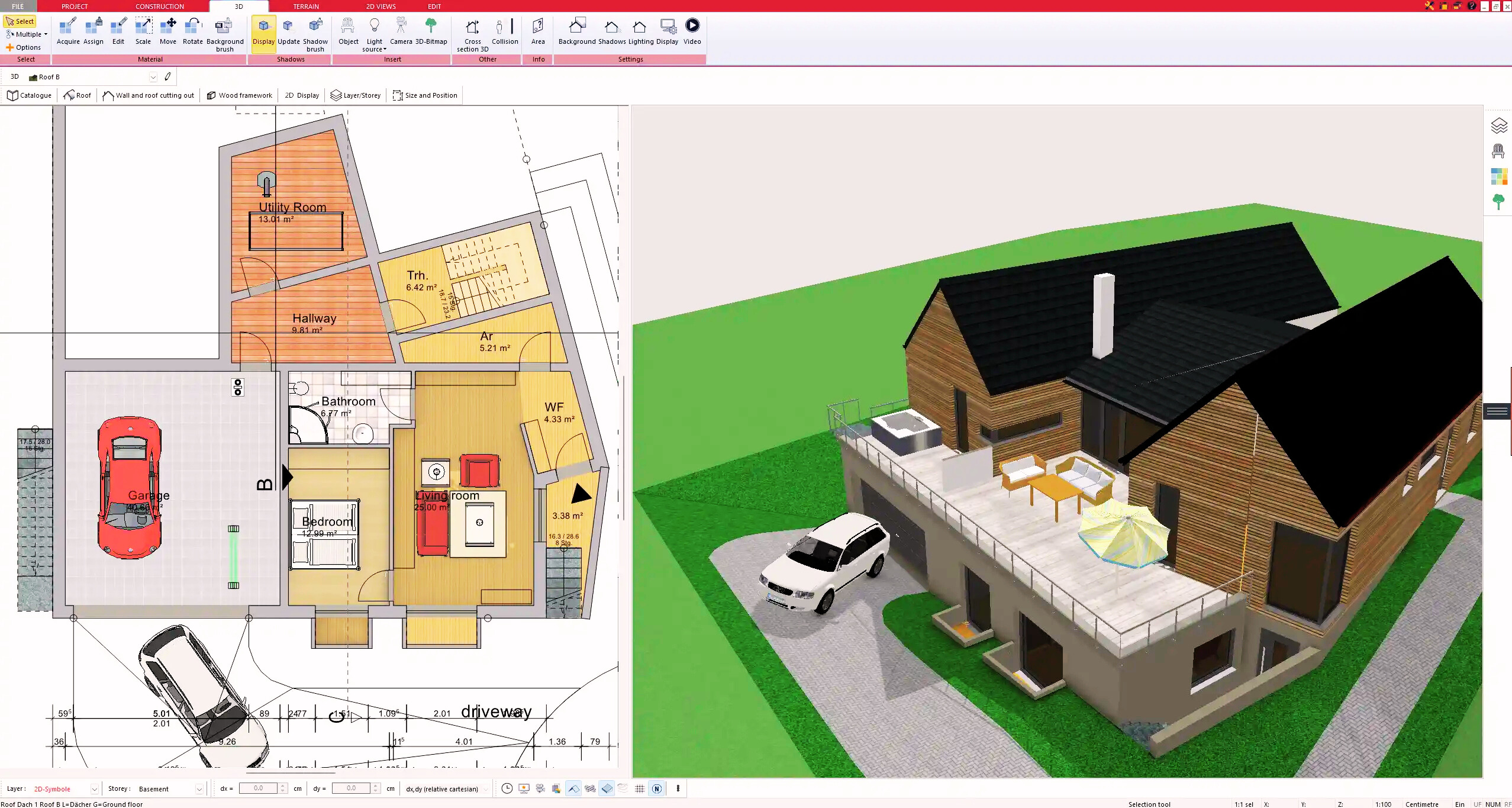


2. Windows & Doors
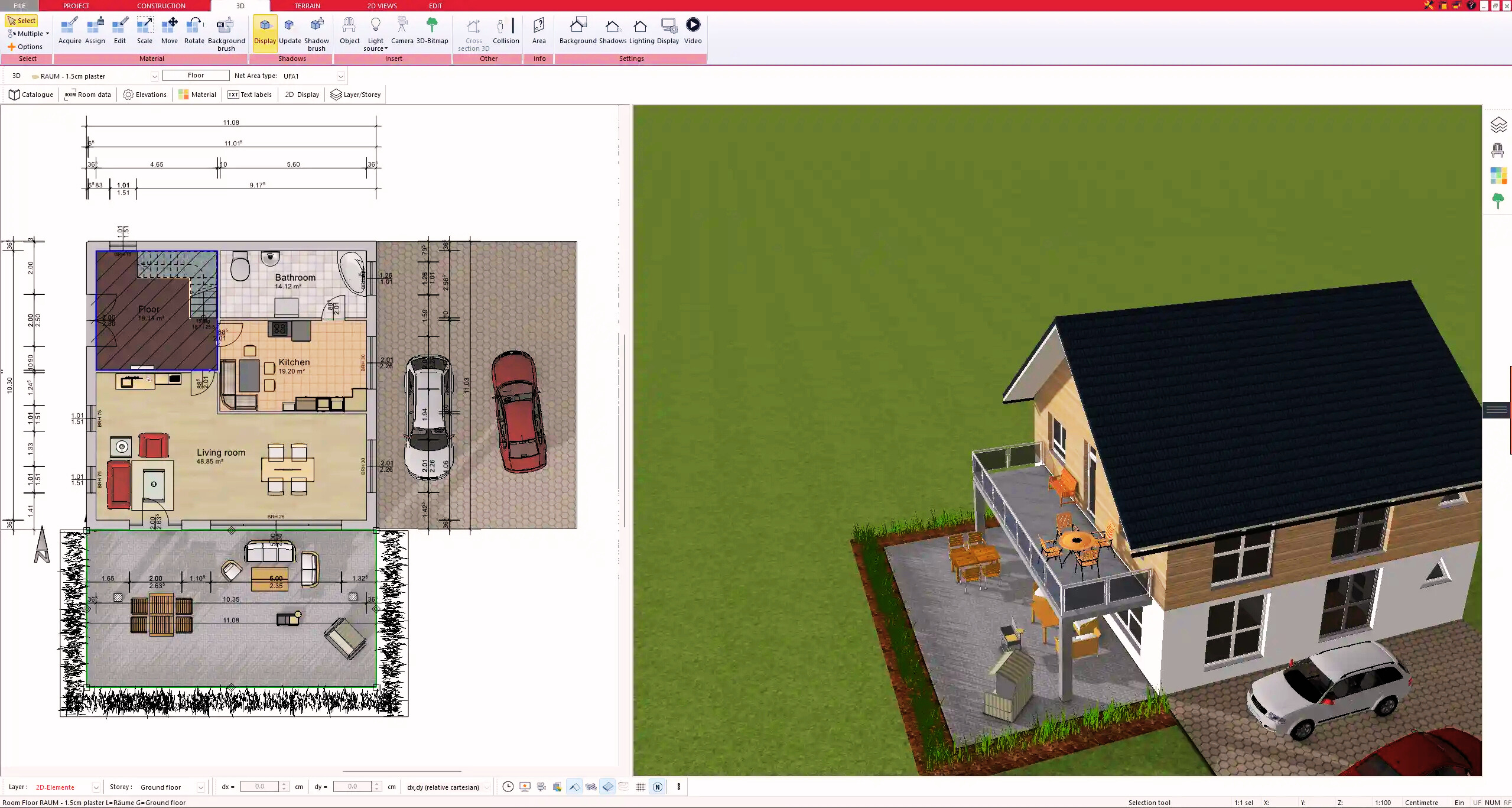


3. Floors & Roof



4. Textures & 3D Objects
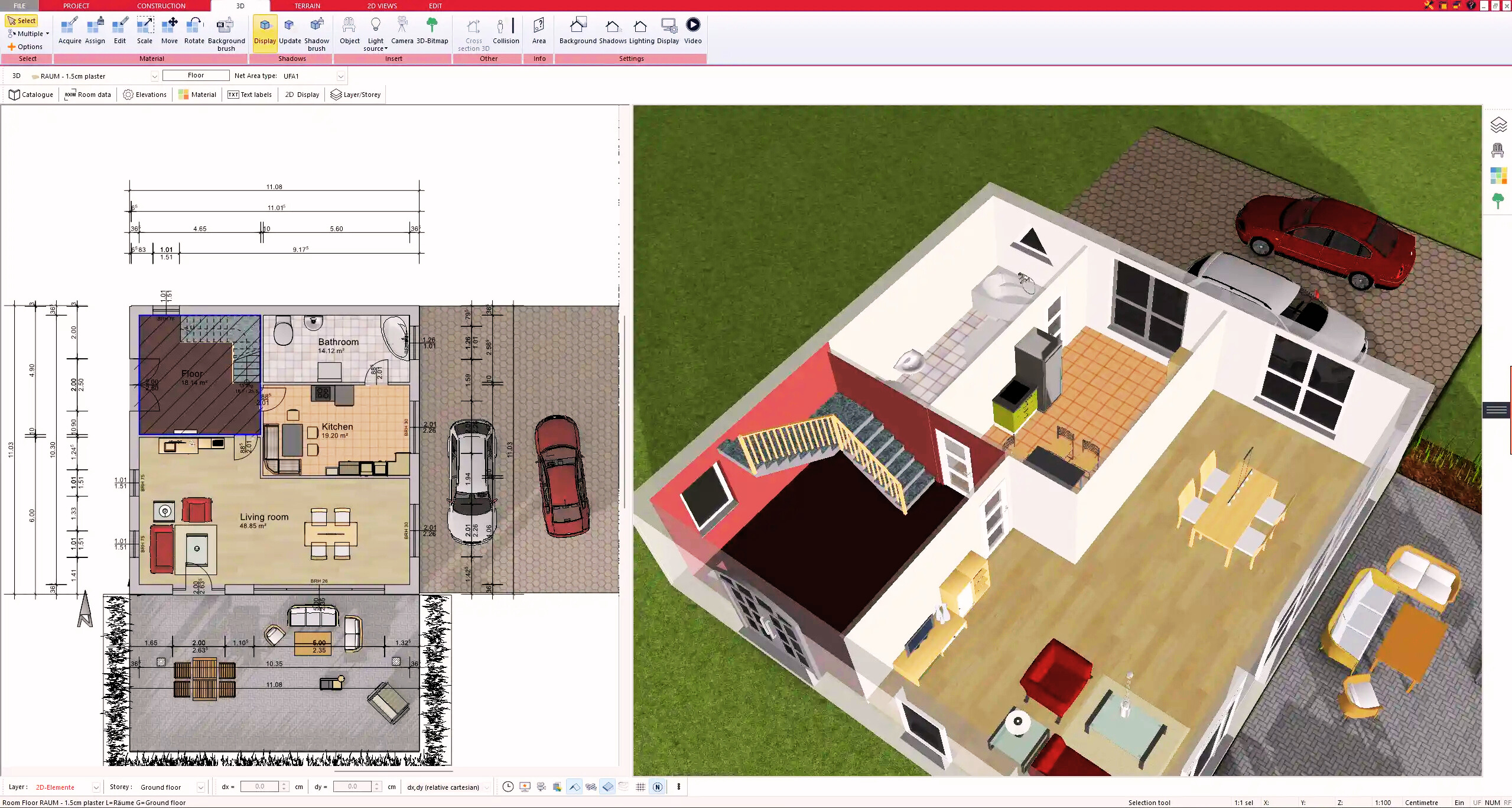


5. Plan for the Building Permit
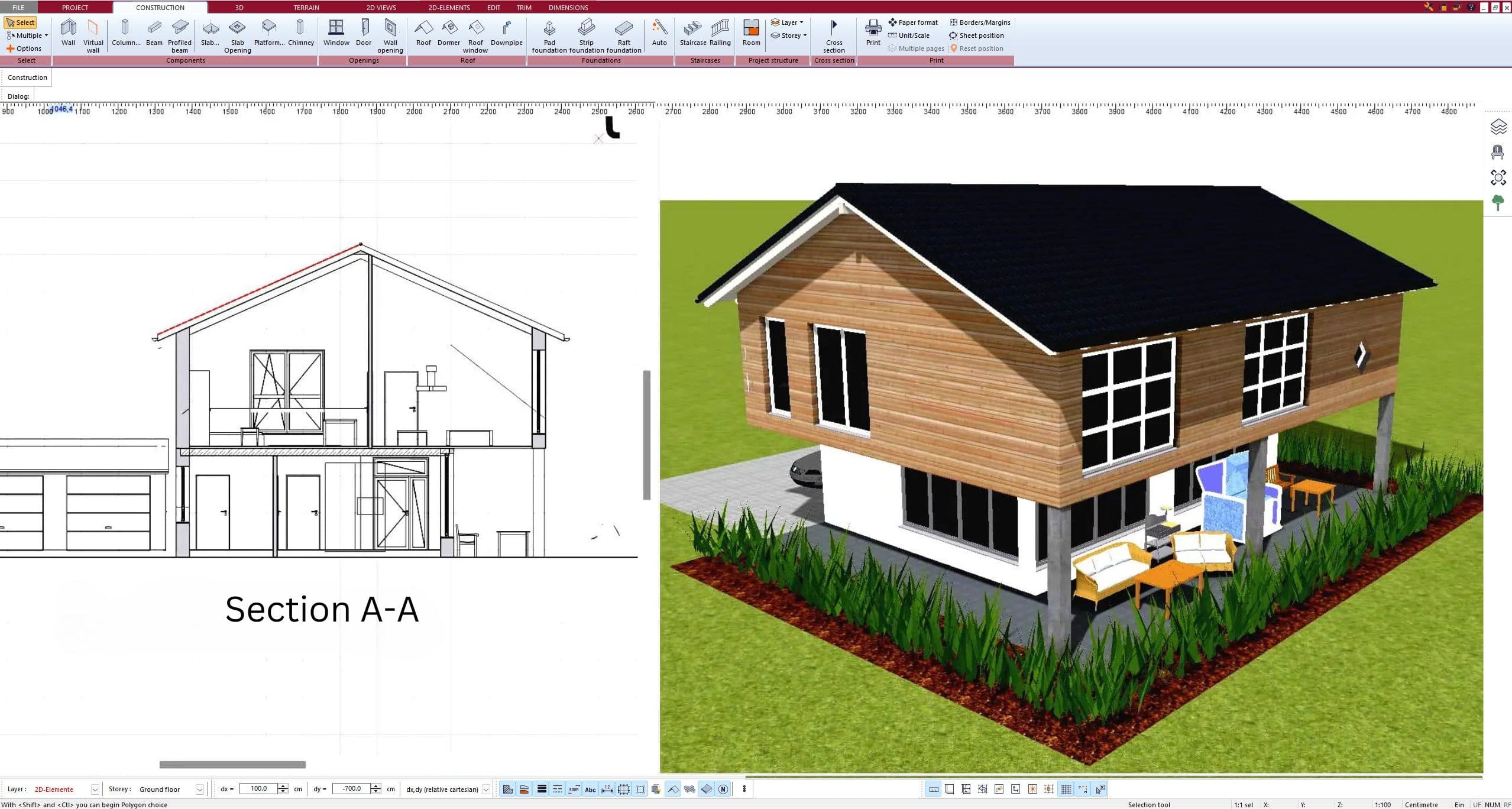


6. Export the Floor Plan as a 3D Model for Twinmotion
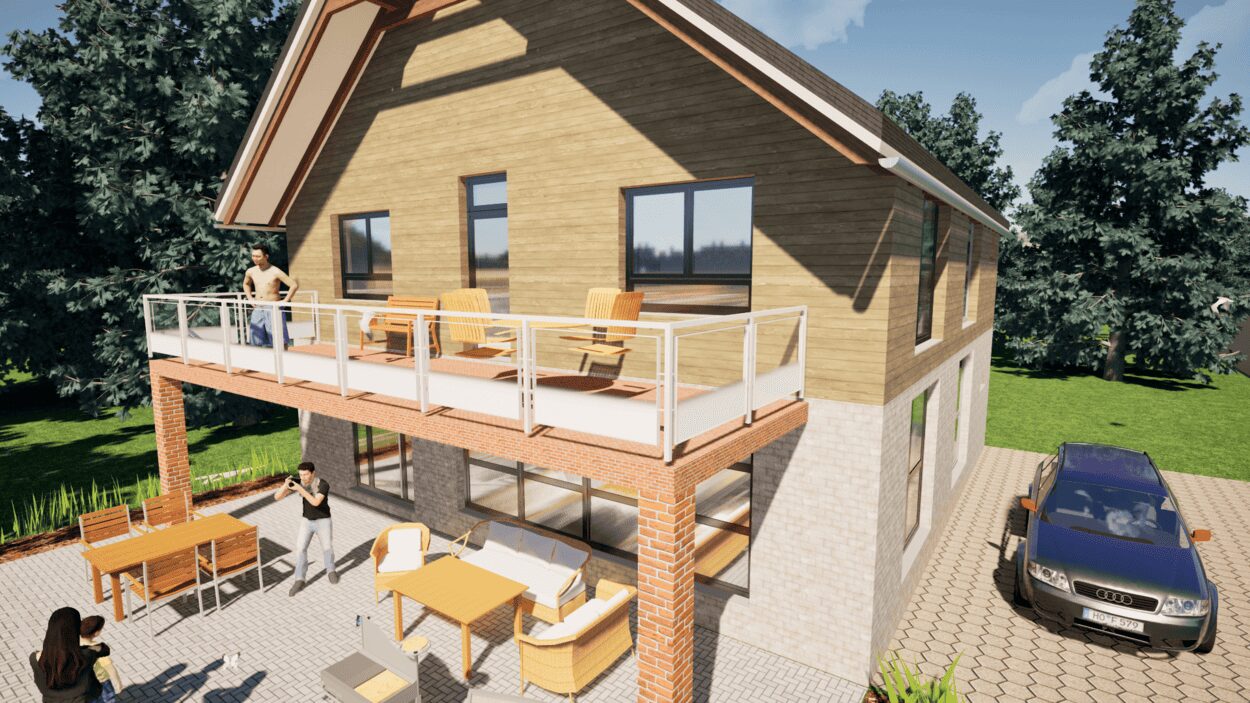


- – Compliant with international construction standards
- – Usable on 3 PCs simultaneously
- – Option for consultation with an architect
- – Comprehensive user manual
- – Regular updates
- – Video tutorials
- – Millions of 3D objects available



